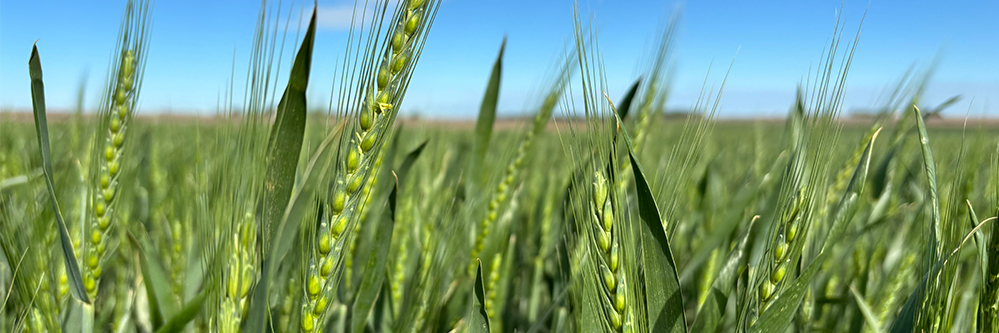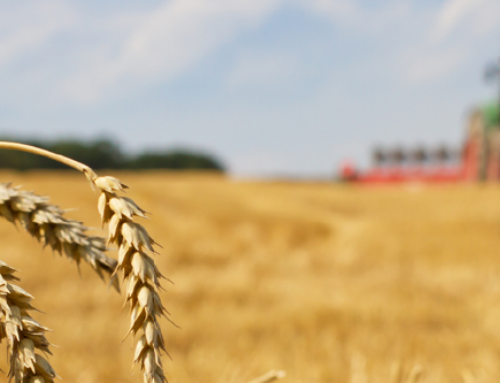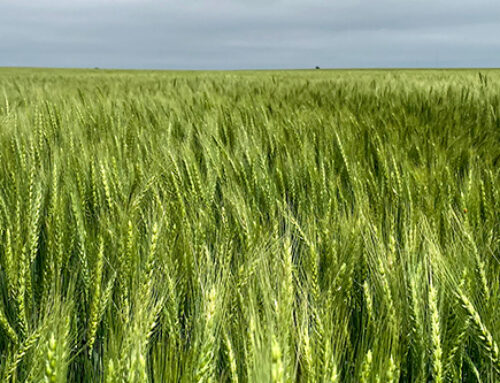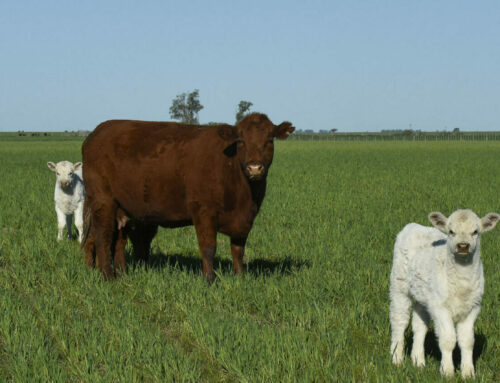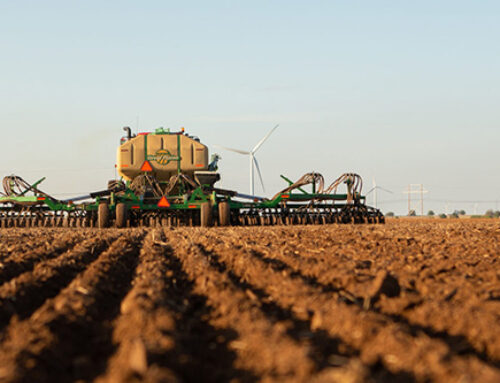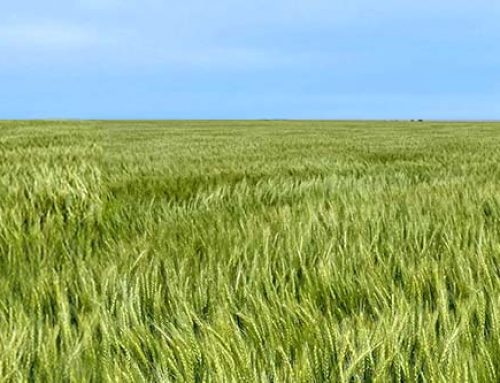We are headed into the all-important grain fill period of wheat where temperatures greatly affect the overall yield of the crop. Ideally, we want to see a long grain fill period. The duration of grain fill is mainly determined by temperature. The more moderate the temperatures are during this period, the longer grain fill will be.
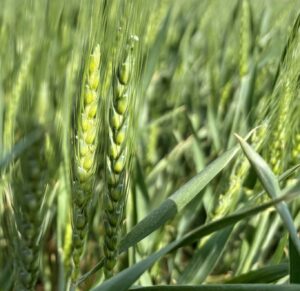 Beginning at boot stage, and well past flowering, it is ideal to have daytime temperatures in the 70’s. This is one of the main reasons we hear of extremely high yielding wheat in higher latitudes. But these more moderate temperatures are not as common over most of the southern High Plains. Even if we typically have higher temperatures, getting a respite of a few cooler days during grain fill can help extend the grain fill period and add to our yield. Cooler temperatures are important for pollination. High temperatures above 90 degrees can reduce pollen viability. The potential for filling the third or even fourth berry in a spikelet is partially determined by temperatures during pollination and grain fill. Moderate temperatures help build kernel weight as well.
Beginning at boot stage, and well past flowering, it is ideal to have daytime temperatures in the 70’s. This is one of the main reasons we hear of extremely high yielding wheat in higher latitudes. But these more moderate temperatures are not as common over most of the southern High Plains. Even if we typically have higher temperatures, getting a respite of a few cooler days during grain fill can help extend the grain fill period and add to our yield. Cooler temperatures are important for pollination. High temperatures above 90 degrees can reduce pollen viability. The potential for filling the third or even fourth berry in a spikelet is partially determined by temperatures during pollination and grain fill. Moderate temperatures help build kernel weight as well.
So, let’s hope for temperate weather the next few weeks so this crop can maximize its yield potential. Despite the temperatures, wheat is a very resilient crop, and has proven to surprise us over and over with its ability to yield under countless adverse conditions.
We are here to help on understanding grain fill temperature and other agronomy needs!
If you have questions about your wheat crop, contact your local Crop Quest Agronomist. They will be glad to assist you with these important management decisions to protect yield in your fields.
